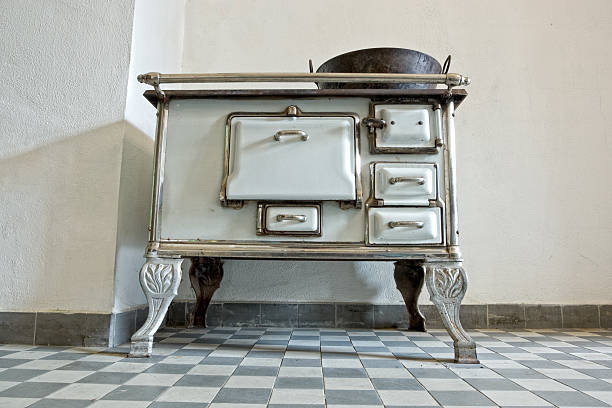Surface Prep: Before & After Blasting

Surface Preparation: Before & After Blasting
Last Updated: December 22, 2023 If you're involved in manufacturing or the industrial sector, you know how critical surface preparation is before blasting. Although traditional sandblasting has evolved beyond just using sand, preparing the surface remains crucial for ensuring adhesion and achieving the desired finish.Surface preparation is essential because skipping this step can lead to poor adherence of finishes such as paint or powder coatings. When coatings don’t stick properly, they often fail prematurely, necessitating costly rework. Starting with a well-prepared surface ensures better aesthetics and durability for your components.
The Significance of Effective Surface Preparation
One of the primary reasons to prioritize surface preparation in your blasting workflow is that neglecting it could compromise the integrity of the finish. Regardless of whether you're applying paint, powder coat, or another type of finish, the end result depends heavily on how well the surface is prepped. A poorly prepared surface can result in uneven coatings or even complete failure of the applied finish, which is both inefficient and expensive.
Sandblasting Surface Preparation
Sandblasting and abrasive blasting are interchangeable terms referring to the same process. Historically, the term “sandblasting†was widely used until stricter regulations were introduced regarding silica sand due to health concerns. Today, “abrasive blasting†is considered a broader term since various materials can serve as abrasives during the blasting process. These abrasives vary in properties and outcomes; selecting the right one is vital for achieving your desired results. We’re here to guide you through choosing the best abrasive for your particular application.
A broad spectrum of blast media options exists, including popular choices like Starblast, glass beads, aluminum oxide, silicon carbide, plastic abrasives, aluminum and steel shot and grit, as well as natural abrasives such as corn cob and walnut shells. Each type comes in different mesh or grit sizes to deliver the exact finish you need.
Depending on factors such as budget, required equipment, and specific project demands, several blasting techniques are available:
- Air Blast Equipment
- Centrifugal Wheel Blast Equipment
- Blast Cabinets and Portable Units
Our team is ready to help you select the ideal equipment to achieve the perfect surface preparation outcome.
Cleaning the Surface Post-Blasting
Effective surface preparation not only prepares the substrate for subsequent finishes but also leaves it in a raw condition. Ensure that you're prepared to apply the next layer promptly to avoid rust formation. Iron-based substrates or alloys containing iron will rust quickly. In situations where immediate finishing isn't feasible, rust inhibitors might be useful.
Maintain cleanliness of your abrasive by keeping it free from contaminants and moisture to ensure optimal blasting performance.
Reach Out to Finishing Systems
At Finishing Systems, we offer a comprehensive range of equipment and abrasive materials tailored for sandblasting needs. Our specialists are committed to helping you identify the most suitable solutions for your applications and projects. From portable blast units to turnkey abrasive blast rooms and blast cabinets, investing in the right blasting equipment can significantly enhance operational efficiency while reducing costs.
To explore our product offerings further or to receive a complimentary quote, feel free to contact us today. We’d love to hear from you!
Contact Us NowStainless Steel Pall Rings,Packing Pall Rings,Metal Pall Ring,Carbon Steel Pall Ring
Wuxi Qijing Machinery Technology Co., Ltd. , https://www.sinombbrmedia.com